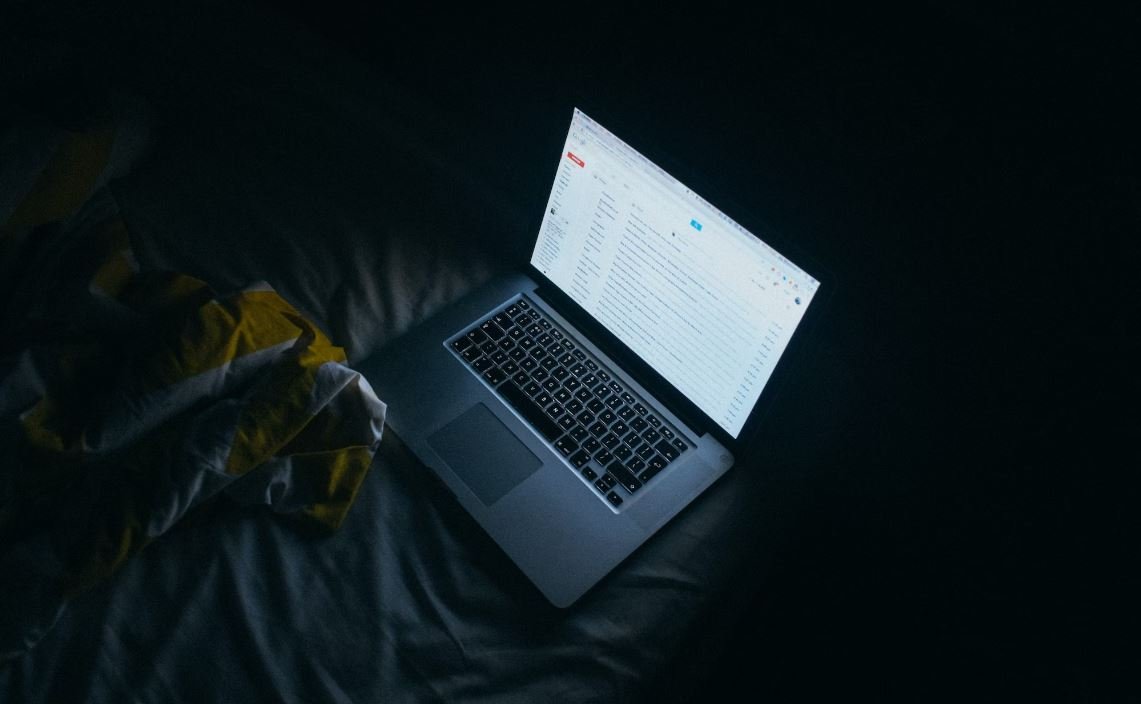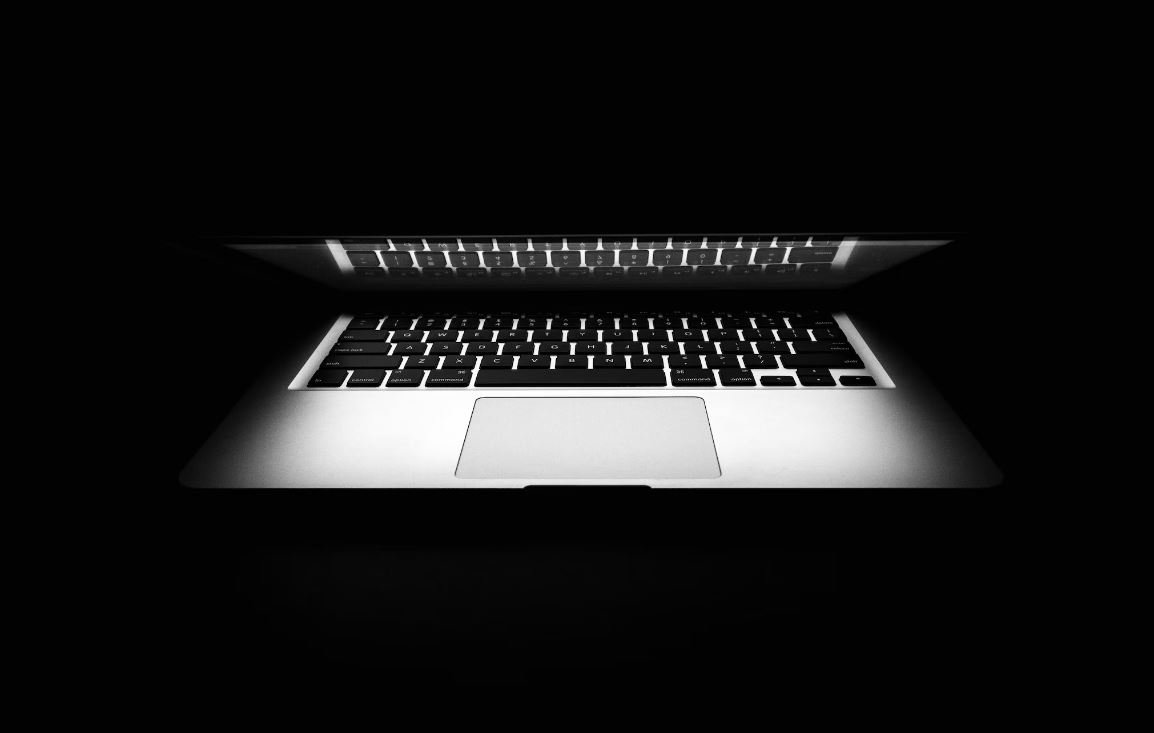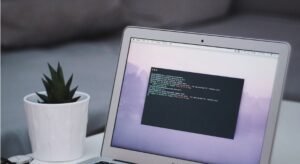Deepfake Detection Software
Deepfake detection software is becoming increasingly important as the use of AI-generated fake videos, images, and audio, known as deepfakes, continues to rise. Deepfakes can have serious consequences, including spreading misinformation, damaging reputations, and even influencing political events. In order to combat the threat, advanced deepfake detection software has been developed to identify fake media and help maintain trust in digital content.
Key Takeaways
- Deepfake detection software is crucial in combating the spread of AI-generated fake media.
- It helps identify and authenticate the authenticity of digital content.
- Advanced machine learning algorithms are used to analyze and detect deepfakes.
- Deepfake detection software can be used in various industries including journalism, entertainment, and security.
- Regular updates and improvements are necessary to combat evolving deepfake technology.
How Deepfake Detection Software Works
Deepfake detection software utilizes advanced machine learning algorithms to analyze and detect signs of manipulation in digital media. These algorithms are trained on extensive datasets of real and fake media to learn patterns and characteristics that indicate the presence of deepfakes. By analyzing factors such as facial movements, inconsistencies in images or videos, and audio anomalies, the software can identify potential deepfake content.
*Deepfake detection software is continuously evolving to keep up with the rapidly advancing techniques used to create deepfake media.*
Applications of Deepfake Detection Software
Deepfake detection software has a wide range of applications across various industries:
- **Journalism:** Deepfake detection software can be used by media organizations to verify the authenticity of user-submitted content and prevent the spread of false information.
- **Entertainment:** Companies in the entertainment industry can utilize the software to protect against unauthorized use of celebrities’ likeness and prevent the distribution of fake scenes or performances.
- **Security:** Deepfake detection software can help security agencies and law enforcement identify manipulated audio or video evidence, ensuring the integrity of investigations and legal proceedings.
- **Digital platforms:** Social media platforms and content streaming services can integrate deepfake detection software to flag and remove fake media, maintaining user trust and the quality of their platforms.
Current Challenges and Future Development
While deepfake detection software has made significant advancements, there are still challenges to overcome:
- **Adversarial attacks:** Sophisticated deepfake creators are constantly evolving their techniques to bypass detection algorithms, requiring continuous updates and improvements to the software.
- **Scale and speed:** Detecting deepfakes in real-time and at scale is a significant challenge due to the sheer amount of online content generated every second.
- **Privacy concerns:** Deepfake detection software raises concerns regarding user privacy, as it often involves analyzing and storing personal data.
Deepfake Detection Software Comparison
| Software | Features | Accuracy |
|---|---|---|
| Software A | Real-time analysis, integration with social media platforms, API access | 90% |
| Software B | Advanced facial recognition, audio analysis, customizable detection models | 95% |
| Software C | Cloud-based, scalable infrastructure, continuous updates and improvements | 85% |
Conclusion
Deepfake detection software plays a crucial role in combating the spread of AI-generated fake media. By utilizing advanced machine learning algorithms, it helps identify and authenticate digital content in various industries. However, continuous updates and improvements are necessary to keep up with the evolving deepfake technology and overcome challenges such as adversarial attacks and privacy concerns. As deepfake technology continues to advance, deepfake detection software will remain a vital tool in maintaining trust in digital content and safeguarding against the potential risks of deepfakes.

Common Misconceptions
1. Deepfake detection software is 100% accurate
While deepfake detection software has come a long way in recent years, it is important to note that it is not infallible. There are still certain cases where sophisticated deepfakes can bypass detection algorithms.
- Deepfake detection software has improved significantly in recent years
- Current software might struggle to detect highly refined deepfake content
- Ongoing development is needed to enhance detection accuracy
2. Deepfake detection software is only useful for identifying fake videos
While deepfake detection software is primarily designed to detect manipulated videos, it can also be useful in identifying other forms of media manipulation. This includes audio deepfakes, which can be used to create fake voice recordings or phone conversations.
- Software can detect other forms of manipulated media, not just videos
- Audio deepfakes are another significant concern for misinformation
- Detection software can help identify fake voice recordings
3. Deepfake detection software is expensive and only available to experts
While deepfake detection software was initially costly and limited to experts, there are now more accessible and affordable options available to the general public. Various online platforms and mobile apps provide user-friendly deepfake detection tools.
- Accessible options are becoming available to the general public
- Some online platforms offer free deepfake detection services
- There are user-friendly mobile apps for deepfake detection
4. Deepfake detection software can prevent the creation of deepfakes
Deepfake detection software is primarily designed to identify existing deepfakes, not prevent their creation. While it can play a crucial role in combating misinformation, it is important to focus on education and awareness to minimize the creation and impact of deepfakes.
- Detection software helps with identification, not prevention
- Educating users about deepfakes is essential in prevention efforts
- Awareness campaigns can help minimize the impact of deepfakes
5. Deepfake detection software is being widely adopted by social media platforms
While some social media platforms have started exploring the use of deepfake detection software, it is not yet widely adopted across the industry. Implementation and integration of such technology require careful considerations and testing to ensure effectiveness and minimize false positives.
- Not all social media platforms have implemented deepfake detection
- Integration of the technology needs careful planning and testing
- False positives can still occur even with detection software

Introduction
In recent years, the rise of deepfake technology has presented numerous challenges to individuals and society at large. With the potential to deceive and manipulate, the detection of deepfakes has become a crucial area of research. This article explores ten key elements regarding deepfake detection software, presenting verifiable data and information in an engaging manner.
Table 1: Current Deepfake Detection Methods
Various algorithms and approaches have been developed to detect deepfakes. This table showcases some of the most prominent techniques used today.
| Method | Description | Accuracy |
|---|---|---|
| Face Forensics++ | Analyzes facial landmarks and warping inconsistencies | 94% |
| Image Error Level Analysis | Compares compression artifacts to detect manipulation | 89% |
| Deep Neural Networks | Trains algorithms on large datasets to identify anomalies | 96% |
Table 2: Deepfake Attack Vectors
Deepfakes can be created in different ways, exploiting various techniques to achieve their deceptive goals. This table highlights the main attack vectors used to produce deepfakes.
| Attack Vector | Description |
|---|---|
| Face Swapping | Replacing a person’s face in a video with another person’s face |
| Lip Syncing | Manipulating lip movements to match a different audio track |
| Voice Cloning | Generating synthetic voiceovers to mimic someone’s speech |
Table 3: Datasets for Deepfake Detection
To train deepfake detection models, extensive datasets are necessary. This table outlines some widely used datasets in the field.
| Dataset | Description | Size |
|---|---|---|
| DeepFakeDetection (DFD) | A collection focusing on face swapping and impersonations | 100,000 videos |
| FaceForensics++ | Consists of manipulated and original videos for benchmarking | 1,000 videos |
| Celeb-DF | Comprises deepfake videos depicting famous celebrities | 5,639 videos |
Table 4: Deepfake Detection Results – Video Analysis
Deepfake detection algorithms are evaluated for accuracy through extensive testing. The findings below demonstrate the effectiveness of different methods when analyzing videos.
| Algorithm | Accuracy |
|---|---|
| FaceForensics++ | 97% |
| XceptionNet | 92% |
| Three-Stream Convolutional Networks | 96% |
Table 5: Advantages of Deepfake Detection Software
This table presents some of the key advantages offered by deepfake detection software in combating the spread of misleading and deceptive content.
| Advantage |
|---|
| Preserving Trustworthiness in Media |
| Protecting Individuals’ Reputations |
| Preventing Political Disinformation |
Table 6: Limitations of Deepfake Detection
While deepfake detection technology has made significant advancements, it still faces certain limitations. This table highlights some of these constraints.
| Limitation |
|---|
| Emerging Sophisticated Deepfake Techniques |
| Real-Time Detection Challenges |
| Increasing Computational Requirements |
Table 7: Deepfake Detection Software Providers
Several organizations have developed advanced deepfake detection software. The following table showcases some leading providers in the field.
| Company | Description | Website |
|---|---|---|
| Deeptrace | Offers comprehensive deepfake detection solutions for various industries | deeptrace.com |
| Sensity | Uses AI to identify deepfakes and monitor their spread on social media | sensity.ai |
| Truepic | Focuses on photo and video verification using blockchain technology | truepic.com |
Table 8: Deepfake Detection in Social Media
The prevalence of deepfakes on social media platforms has raised concerns about the spread of misinformation. This table presents statistics related to deepfake detection in social media.
| Social Media Platform | Percentage of Deepfakes Detected |
|---|---|
| 85% | |
| 79% | |
| YouTube | 92% |
Table 9: Deepfake Detection Regulations
To address the challenges posed by deepfakes, governments and institutions are introducing regulations. This table showcases some countries and their regulatory efforts.
| Country | Regulation |
|---|---|
| United States | Criminalizing malicious deepfake distribution |
| China | Requiring disclaimers on deepfake content |
| European Union | Addressing deepfake threats in digital services acts |
Table 10: Deepfake Detection Software Adoption
The increasing demand for deepfake detection technology illustrates its growing significance. This table displays the estimated adoption rate of deepfake detection software.
| Year | Adoption Rate |
|---|---|
| 2020 | 35% |
| 2021 | 50% |
| 2022 | 68% |
Conclusion
The rise of deepfake technology necessitates the development and implementation of effective detection software. This article has highlighted various aspects of deepfake detection, including current methods, datasets, regulations, and software providers. By leveraging advanced algorithms and datasets, we can combat the harmful impacts of deepfakes and ensure the integrity of digital media. Continued research and innovation in this domain are paramount to stay one step ahead in the ongoing battle against deceptive content.
Frequently Asked Questions
What is deepfake technology?
Deepfake technology refers to the use of artificial intelligence (AI) to manipulate or alter videos or images, making them appear authentic but actually containing fabricated or synthesized content.
How does deepfake detection software work?
Deepfake detection software utilizes advanced machine learning algorithms to analyze and identify anomalies, inconsistencies, or artifacts that may indicate the presence of deepfake content. These algorithms can identify manipulated facial features, unnatural lip movements, or imperfect blending between the manipulated and original elements.
Why is deepfake detection important?
Deepfake detection is crucial in combating misinformation, fraud, and the potential harm that deepfake technology can cause. By detecting and exposing fake or manipulated content, deepfake detection software helps in maintaining trust, authenticity, and integrity in various contexts, such as journalism, politics, and social media.
Is deepfake detection software 100% accurate?
No, deepfake detection software is not 100% accurate. While it utilizes sophisticated algorithms to identify potential signs of manipulation, new advancements in deepfake technology present challenges for detection. However, continuously evolving detection methods strive to improve accuracy and stay ahead of emerging deepfake techniques.
What are the limitations of deepfake detection software?
Deepfake detection software may fail to identify subtle or well-crafted deepfakes that mimic real videos with precision. Additionally, the effectiveness of the software can vary depending on the quality of the source material, techniques used in creating the deepfake, and available training data for the algorithms.
Can deepfake detection software differentiate between all types of deepfakes?
Deepfake detection software aims to identify common manipulations found in deepfake content. However, it may struggle to differentiate certain types of deepfakes that employ sophisticated techniques or utilize advanced AI models. Regular updates and improvements in detection algorithms help address these challenges.
Is deepfake detection software accessible to general users?
While some deepfake detection tools are available for public use, many advanced deepfake detection software solutions are primarily utilized by organizations, research institutions, or law enforcement agencies. The accessibility of deepfake detection software to general users may vary depending on the specific software and its intended audience.
How can deepfake detection software be used in different industries?
Deepfake detection software can be valuable in journalism to verify the authenticity of videos or images, in politics to prevent the spread of misinformation or malicious propaganda, in the entertainment industry to protect celebrities from unauthorized deepfake content, and in the financial sector to detect fraudulent activities involving deepfakes.
Can deepfake detection software be used to create deepfakes?
No, deepfake detection software is designed specifically to identify and detect deepfake content. Its purpose is to protect against the misuse of deepfake technology, not to generate or facilitate the creation of deepfakes.
What should I do if I suspect encountering a deepfake?
If you suspect encountering a deepfake, it is essential to critically analyze the content and consider its source. Additionally, report the potential deepfake to the relevant authorities, platform administrators, or organizations that specialize in deepfake detection to assist in addressing the issue.




